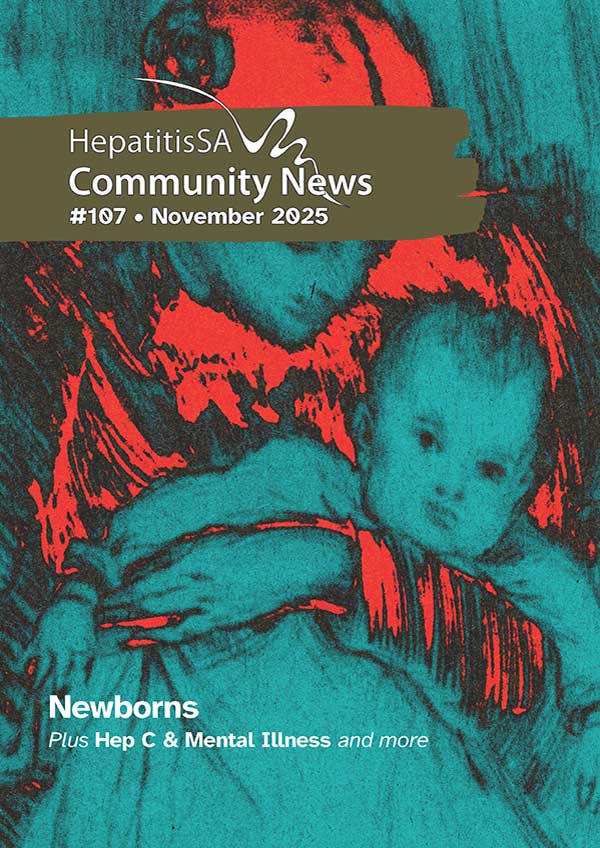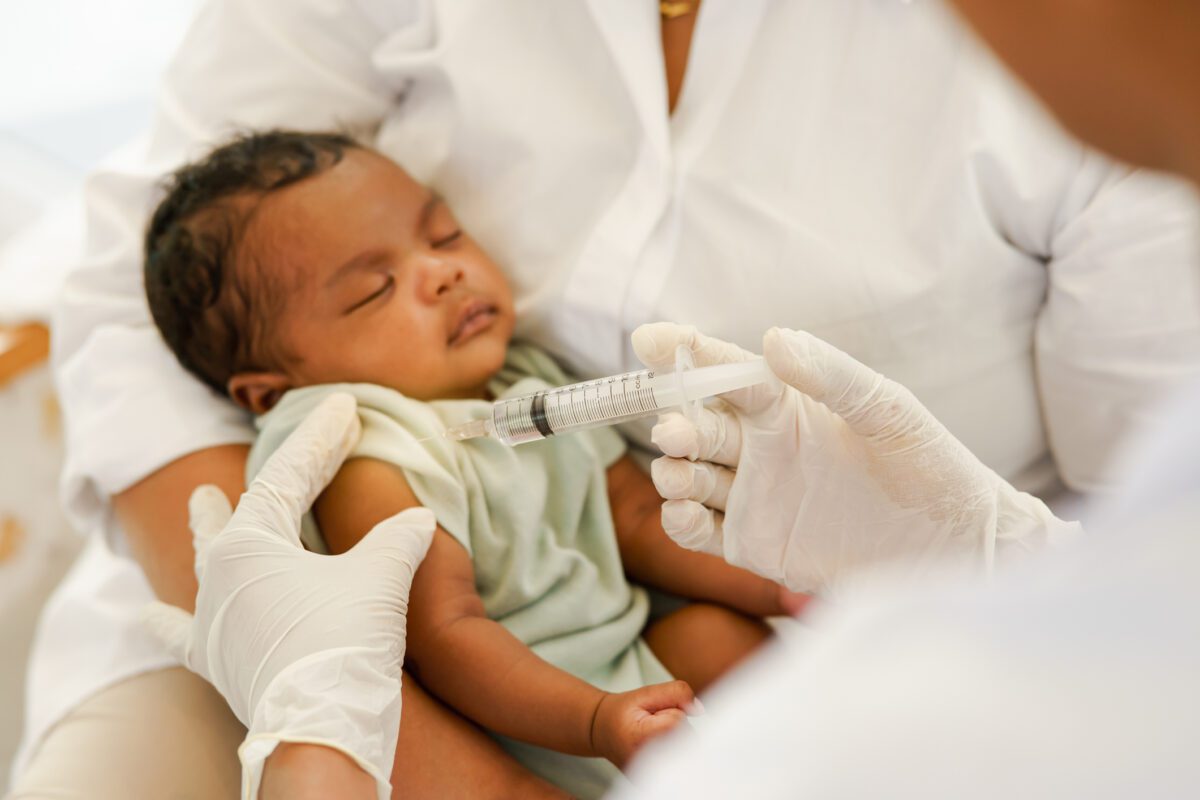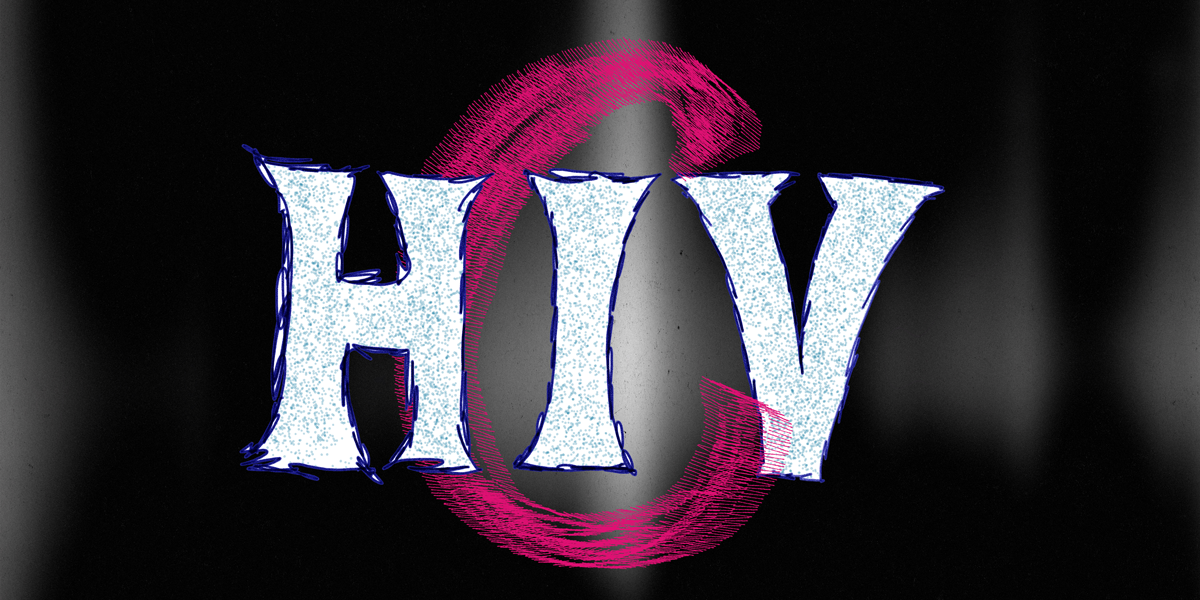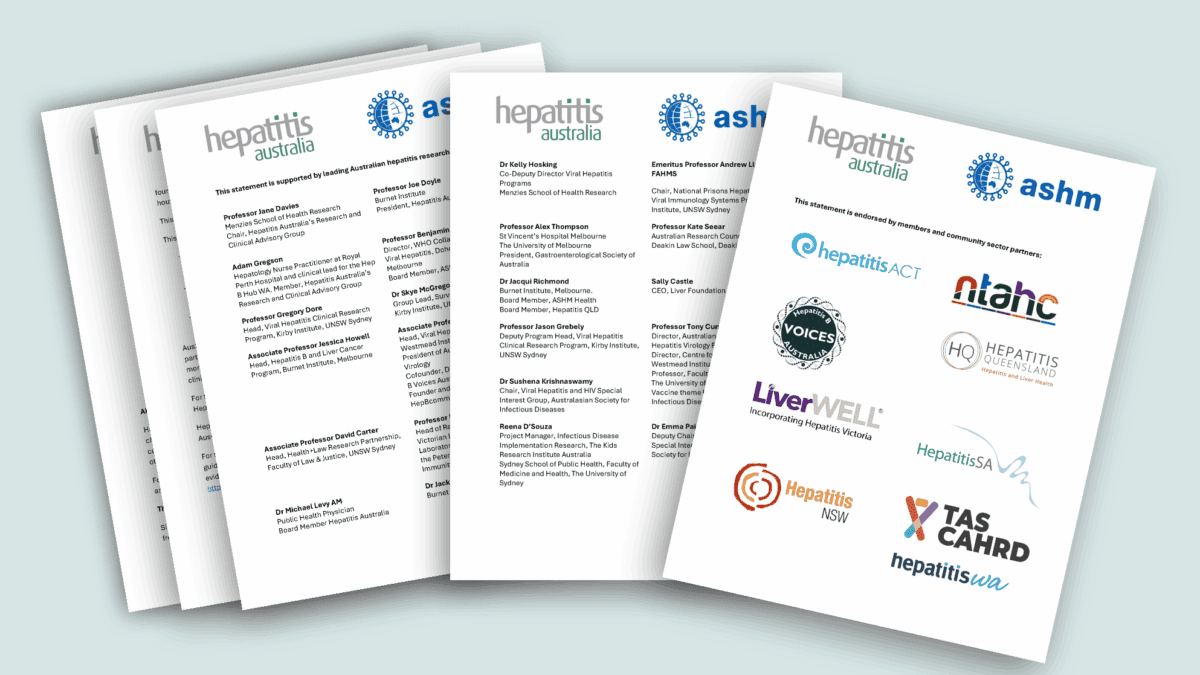The Close the Gap Campaign has called on Australians to take the initiative to act on truth-telling by undertaking their own processes in their organisations, institutions, professions, and communities to enact the objectives of the Uluru Statement. This was one of 22 recommendations presented in the Campaign’s fifteenth annual report released to mark Close the Gap Day.
The first recommendation in the report, titled “Voyage to Voice, Treaty, Truth and Beyond”, calls on the Australian Government as well as state, territory, and local governments, to deliver the objectives of the Uluru Statement from the Heart by advancing Voice, Treaty and Truth mechanisms in their jurisdictions, including establishing representative structures that can facilitate agreement-making and progress cooperation and collaboration between Aboriginal and Torres Strait Islander peoples and governments.
The report also called on political parties across the nation to unite on their support for the Uluru Statement by renewing and strengthening the commitments to undertaking truth-telling, representation and agreement-making.
The recommendations were presented under the themes:
- Progressing Voice, Treaty and Truth
- Leadership and Governance
- Building our Economies
- National Agreement on Closing the Gap
- Workforce and Cultural Safety
Close the Gap Campaign Co-Chairs, June Oscar AO and Karl Briscoe, said despite the shift in political landscape and the pain people felt in the aftermath of the Voice referendum defeat, “through all this, a national movement to progress the principles of the Uluru Statement was born and today it remains thriving and strong.
through all this, a national movement to progress the principles of the Uluru Statement was born and today it remains thriving and strong.
“The principles in the Uluru Statement are foundational to realising Aboriginal and Torres Strait Islander peoples’ inherent rights as First Nations peoples.”
“Despite the devastating 2023 Voice Referendum result, the Close the Gap Campaign and many in our communities remain committed to the principles of the Uluru Statement From the Heart and will continue to seek Voice, Treaty, and Truth, despite their grief at the vote,” the report said.
In its review of the year, the report pointed out that “continued existence of racism in Australia was clearly on display, along with the power of misinformation, disinformation and ignorance about the nation’s true history.” This, it said, demonstrates how vital the Uluru Statement’s goals remain, especially, truth-telling.
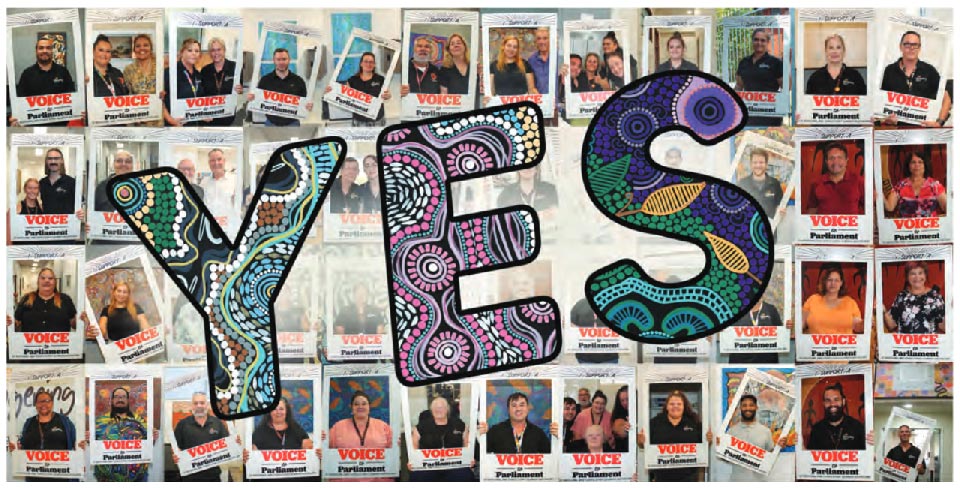
The review paid tribute to those who “worked so hard” for a Yes vote, thanking the leaders who fought for a Yes vote. It featured the Wungening Aboriginal Corporation, Central Land Council and Victorian Aboriginal Community Controlled Health Organisation, as examples of the impressive work of Aboriginal and Torres Strait Islander communities and organisation in the lead-up to the Referendum, adding the work was “not wasted” and will carry the community further forwards towards achieving the underlying principles of the Uluru Statement from the Heart.
Nine case studies were highlighted as examples of pioneering First Nations-centred work which demonstrate that true health equity and equality for Aboriginal and Torres Strait Islander peoples cannot be achieved without Aboriginal and Torres Strait Islander peoples.
The studies were grouped under the themes: Progressing Voice, Treaty, and Truth; Leadership and Governance; and Building our Economies addressing the economic, social, political and cultural determinants of health that are crucial to commitments that Australian governments have made to closing the gap.
Progressing Voice, Treaty, Truth
The three examples of work in this area were:
- The landmark work of the South Australia Government and community in demonstrating that a Voice can be implemented by states and territories before it is implemented nationally.
- Queensland’s major steps this year along a historic pathway to Treaty, with the establishment of a First Nations Treaty Institute and a Truth-telling and Healing Inquiry, aiming to reframe the relationship between Aboriginal and Torres Strait Islander Queenslanders and other residents of the state.
- Victoria’s landmark Yoorrook Justice Commission to inquire into past and ongoing systemic injustice faced by First Peoples in Victoria.
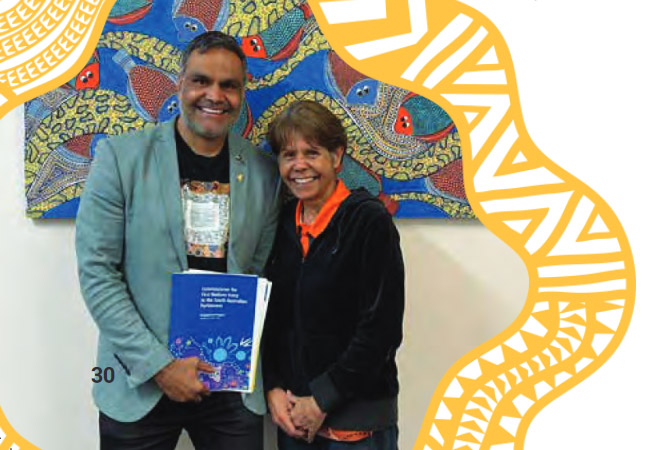
Leadership and Governance
This group covered work that was innovative in furthering First Peoples input and representation in major areas affecting the whole community:
- The appointment of Australia’s – and the world’s – inaugural Ambassador for First Nation’s People. Ambassador Justin Mohamed, a Gooreng Gooreng man from Bundaberg, Queensland said, “The steps that we’re taking now are foundational and extremely important for the future.”
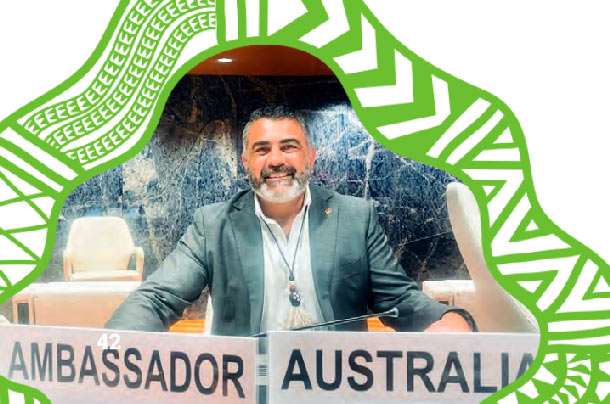
- The strong work being led by Lowitja Institute and a network of key Aboriginal and Torres Strait Islander researchers and health practitioners, working alongside key allies, that has seen the emergence of a stronger national and international Indigenous voice on climate issues.
- The work of the First People’s Disability Network amplifying the needs of the disability community, particularly through the breakthrough Yarning Disability podcast where First Nations people with disability share their stories.
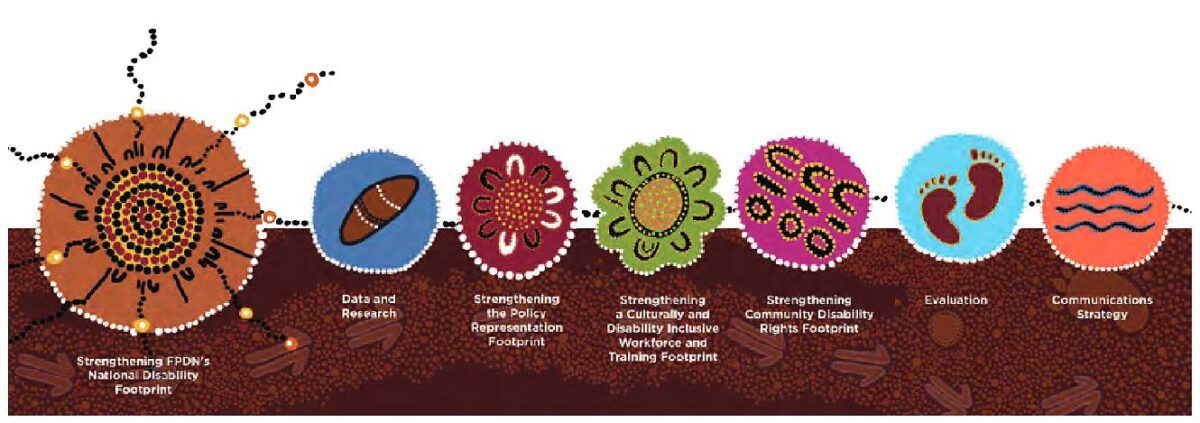
Building Our Economies
Successful and positive economic participation is crucial for the health of any community. This section showcases three very different organisations that were successful, or had successfully promoted participation, in business, industry and skilled professions.
- Clothing The Gaps – a leading, award-winning ‘profit-for-purpose’ social enterprise. It was the first Aboriginal and Torres Strait Islander business to gain Ethical Clothing Australia accreditation. Today the ‘merch with a message’ business generates about 25,000 hours of Aboriginal and Torres Islander youth employment each year, providing a safe Blak space for young people to develop skills.
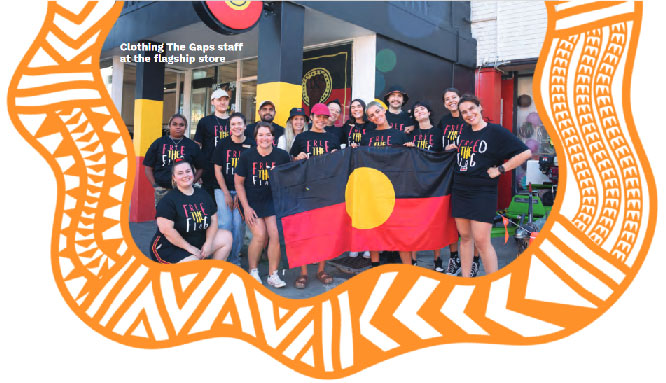
- Yindjibarndi Aboriginal Corporation – recognised by the Financial Review as leaders in the shift to clean energy, which means Yindjibarndi people owning and operating wind, solar and battery farms for the Pilbara region. Its offshoot contracting business Yurra, and its majority-owned sister company GBSC Yurra, employs over 400 people generating some $120 million revenue per year. About 35 per cent of employees are Aboriginal people.
- Australian Indigenous Doctors Association – over the years the AIDA has contributed significantly to the growth in the number of Aboriginal and Torres Strait Islander medical specialists whose numbers had almost doubled from 108 in 2019 to 204 in 2023. AIDA’s work included the Specialist Trainee Support Program which included culturally appropriate mentoring and coaching for individual trainees, and collaboration with medical colleges to ensure that they understand their significant role in the specialisation experience for Aboriginal and Torres Strait Islander trainees.
Reflecting on the National Agreement on Closing the Gap, the report said after three years, the focus has shifted from celebrating what was a new and important milestone for Aboriginal and Torres Strait Islander peoples, and Australia more broadly, to a deeper critical analysis of how all parties are tracking against its targets, and the conclusion is that progress towards the Agreement’s socio-economic targets has been inconsistent, and governments have been too slow to implement the Priority Reforms.
Last updated 24 March 2024
More from:
Enjoyed this article? Subscribe to be notified whenever we publish new stories.
Subscribe for Updates

